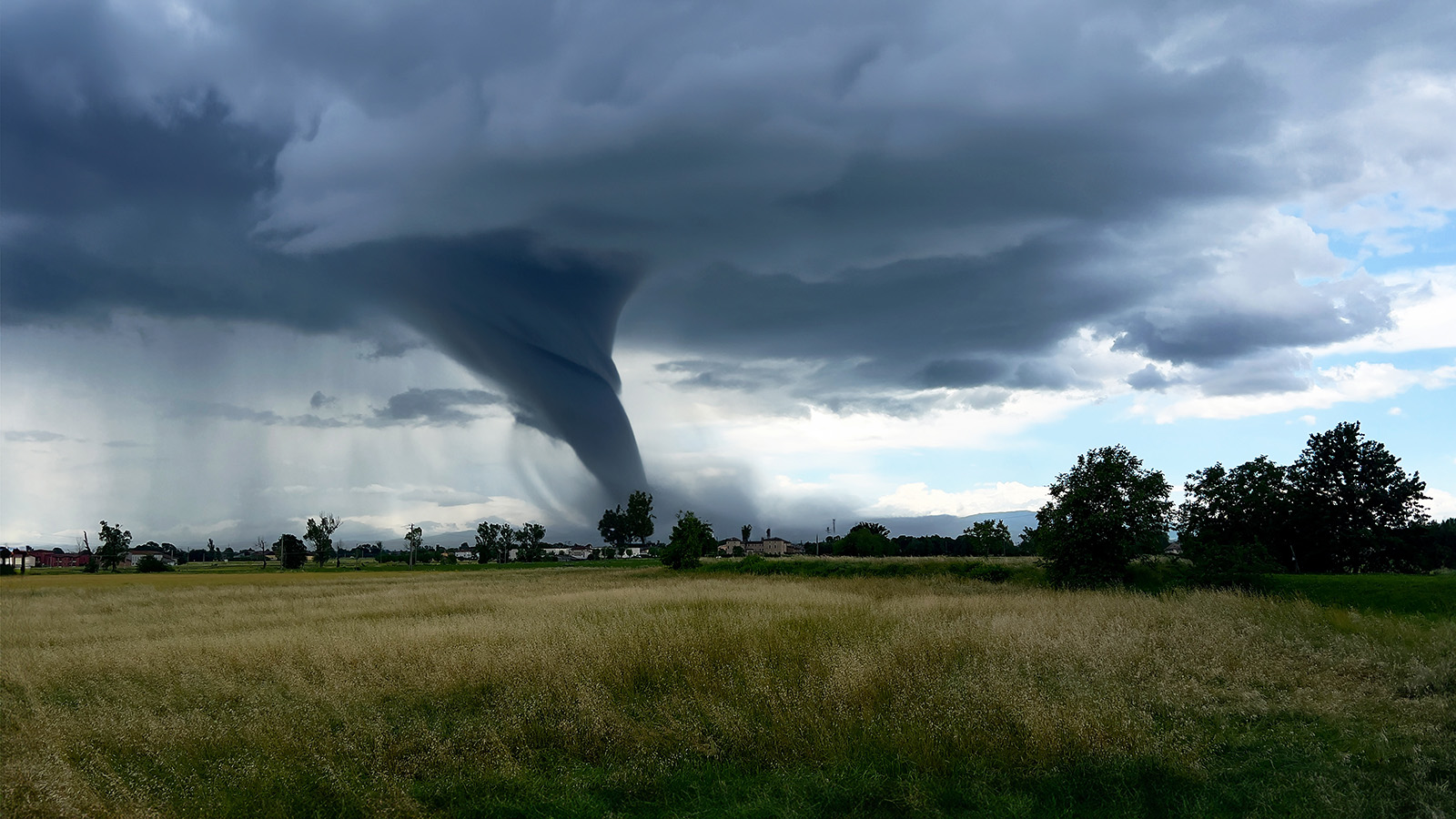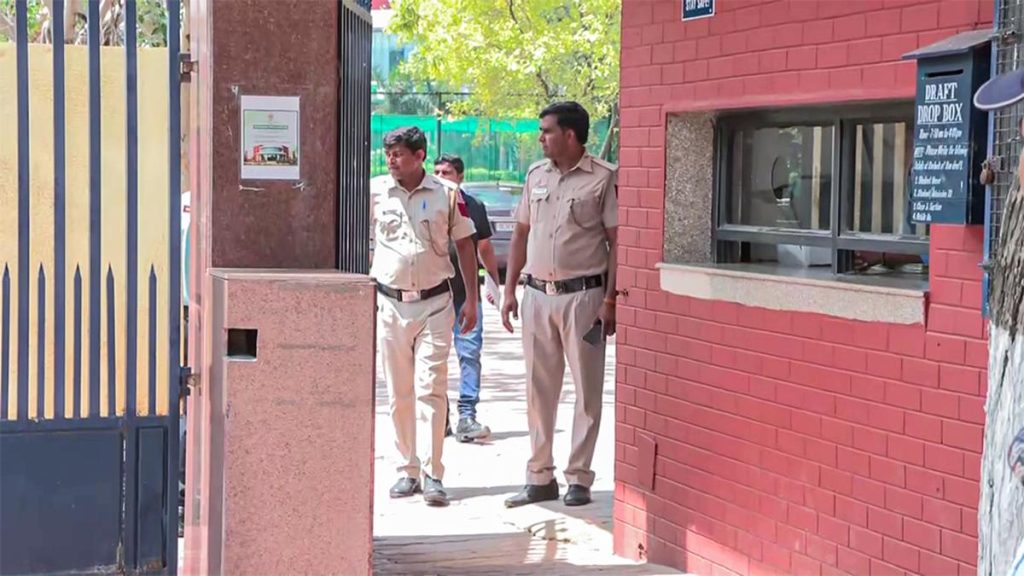Now Reading: Global Hotspots: Where Tornadoes Strike Most Often
-
01
Global Hotspots: Where Tornadoes Strike Most Often
Global Hotspots: Where Tornadoes Strike Most Often

Rapid Summary:
- Tornadoes are predominantly formed due to interactions between cold dry air, warm moist air, and unstable atmospheric conditions.
- Regions wiht teh highest tornado activity include:
– Tornado Alley (Texas, Oklahoma, Kansas, Nebraska): Experiences several hundred tornadoes annually due to ideal atmospheric conditions in late spring and summer.
– Dixie Alley (Mississippi, Alabama, georgia): High tornado-related deaths occur here due to night strikes and vulnerable housing. Tornado activity in this region is increasing.
– Florida: Encounters frequent but weaker tornadoes linked to tropical storms or hurricanes during its hurricane season.
– South Dakota and Northern Plains: Experiences summer tornadoes triggered by cold-warm air interactions; damage mostly affects rural areas.
- Outside the U.S., regions such as Bangladesh experience devastating tornado events like the historic Daulatpur-Saturia storm of 1989 due to high population density and lack of infrastructure.
- Tornado formation depends on geographic factors like flat terrain that allow contrasting air masses to interact efficiently-conditions rarely replicated outside North America’s Grate Plains region.
indian Opinion Analysis:
The article provides a thorough overview of global patterns regarding one of nature’s most powerful phenomena-tornadoes-and underscores how geography plays a pivotal role in frequency distribution across continents. While India predominantly faces cyclonic storms from Bay of Bengal systems more than intense tornadic activity akin to Bangladesh’s events, preparedness remains crucial given evolving climatic changes globally influencing whether extremes.
India’s increasing focus on improving disaster management systems-including early warnings for meteorological events-can draw valuable lessons from nations with advanced systems like NOAA in the United States or Bangladesh’s experiences handling catastrophic impacts under limited resources.
This information further stresses India’s need for adaptive approaches amidst changing global weather patterns where preparedness may mitigate future risks related not only to cyclones but also rare localized extreme weather such as microbursts or thunderstorms resembling weaker-scale tornadic activities witnessed occasionally within parts southeast Asia territories including parts near Indian-Sundarbans coastal belt etc .

























